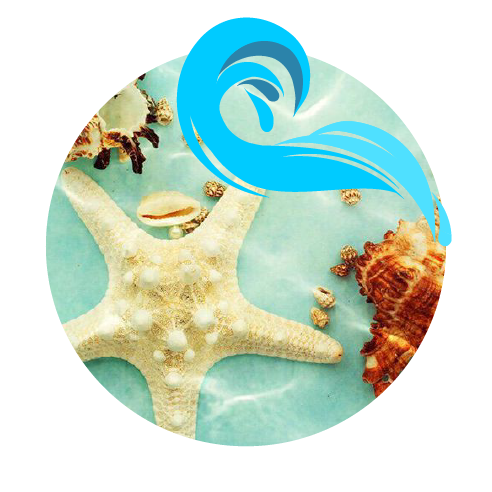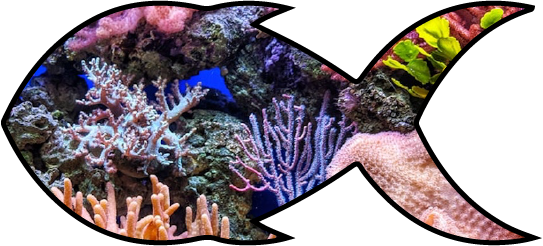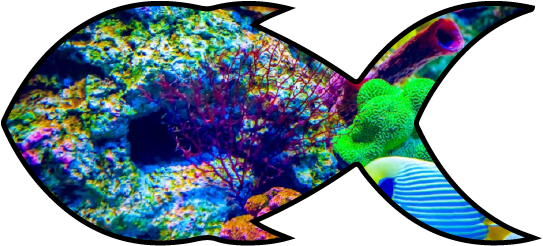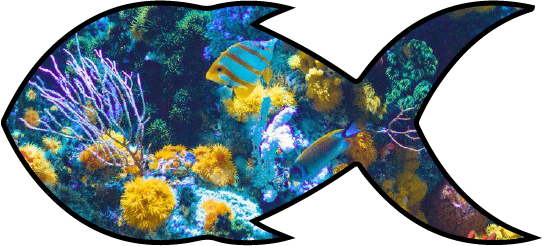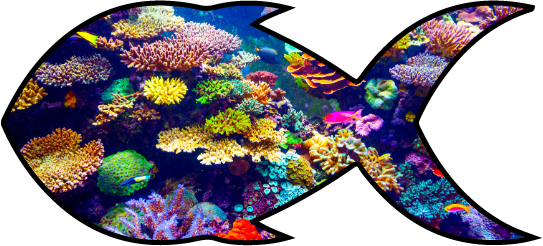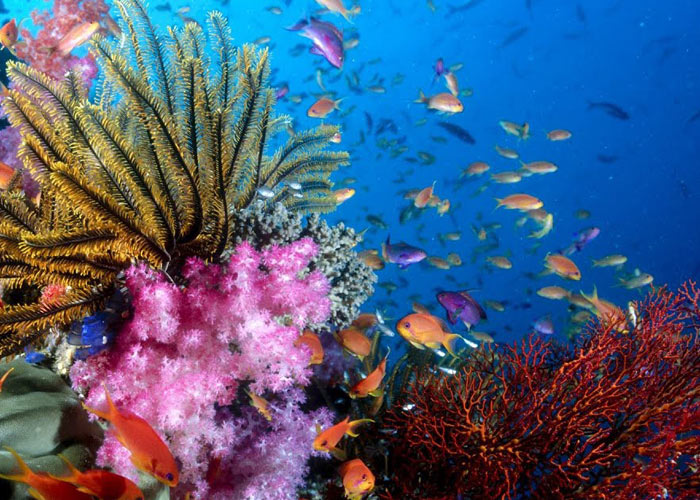
Together we can act for ocean health and the good of our planet. Our time to make a difference is not tomorrow, it’s now. We must create ocean-positive action today!
Our global impact

5 Mind-blowing Facts About The Ocean
Why should we care about the ocean?
The world ocean provides so many benefits. Here are ten things the ocean does for humans and the planet:
- The air we breathe: The ocean produces over half of the world's oxygen and absorbs 50 times more carbon dioxide than our atmosphere.
- Climate regulation: Covering 70 percent of the Earth's surface, the ocean transports heat from the equator to the poles, regulating our climate and weather patterns.
- Transportation: Seventy-six percent of all U.S. trade involves some form of marine transportation.
- Recreation: From fishing to boating to kayaking and whale watching, the ocean provides us with many unique activities.
- Economic benefits: The U.S. ocean economy produces $282 billion in goods and services and ocean-dependent businesses employ almost three million people.
- Food: The ocean provides more than just seafood; ingredients from the sea are found in surprising foods such as peanut butter and soymilk.
- Medicine: Many medicinal products come from the ocean, including ingredients that help fight cancer, arthritis, Alzheimer's disease, and heart disease.
10 Ways You Can Help Save the Oceans
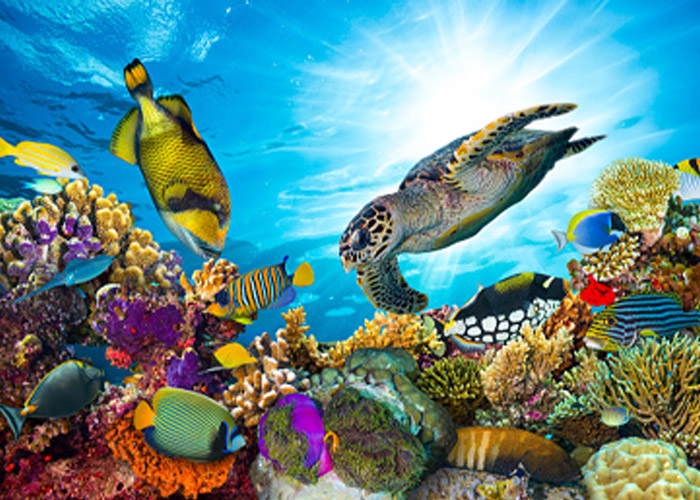
Oceans cover 71 percent of the planet and are home to important species and ecosystems that we rely on for food, livelihoods, climate regulation and more. But the oceans need our help. Saving the oceans can sometimes feel like an overwhelming task, but if we all pitch in, we can make a big difference. Here are 10 lifestyle choices that – when adopted – can help protect and restore our oceans for future generations.


Ocean
The ocean is the body of salt water that covers approximately 70.8% of the surface of Earth and contains 97% of Earth's water. In other words, an ocean is "any of the large bodies of water into which the great ocean is divided".

Ocean Types
Historically, there are four named oceans: the Atlantic, Pacific, Indian, and Arctic. However, most countries - including the United States - now recognize the Southern (Antarctic) as the fifth ocean. The Pacific, Atlantic, and Indian are the most commonly known. The Southern Ocean is the 'newest' named ocean.

Ocean Characteristics
An ocean is a body of saline water that composes much of a planets hydrosphere. Salinity is a main defining component of the ocean, and it is the amount of dissolved solid material in the water. Although there are many dissolved salts in seawater, sodium chloride (commonly known as salt) is the most abundant.

Ocean Ecosystem
The major ocean ecosystems span polar, temperate and tropical waters, and include coastal waters, bays and estuaries, the deep sea water column, shallow and deep sea bottom (benthic) environments, sea mounts, island arcs, coral reefs, mangrove systems, salt marshes, frontal zones, and the centers of gyres.



